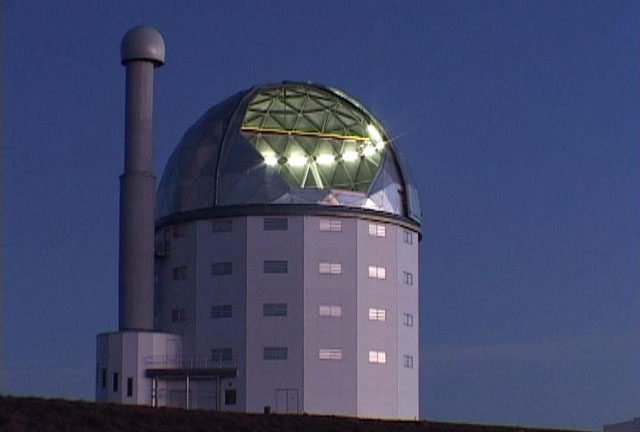
About 3,8bn light years away, a star has exploded with a brightness of 570bn times that of our own sun.
If that fails to impress you, consider that this is almost 20 times the output of the 100bn stars that comprise our Milky Way galaxy.
This supernova, which is being regarded as one of the most powerful explosions in human history, was unveiled through a collaboration of several telescopes.
However, a major contribution came from the Southern African Large Telescope (Salt) in Sutherland, the small Karoo town in the Northern Cape.
To prove the record-breaking nature of the supernova, its distance had to be established. This was done with spectroscopic observations taken by Salt.
“Upon seeing the spectral signatures from Salt and realising that we had discovered the most powerful supernova yet, I was too excited to sleep the rest of the night,” Subo Dong, an astronomer and a professor at the Kavli Institute for Astronomy and Astrophysics (KIAA) at Peking University, said in a statement.
A study on the explosion, called ASASSN-15lh, was published on Friday.
“ASASSN-15lh is the most powerful supernova discovered in human history… The explosion’s mechanism and power source remain shrouded in mystery because all known theories meet serious challenges in explaining the immense amount of energy ASASSN-15lh has radiated,” Dong said.
ASASSN-15lh was first glimpsed in June 2015 by twin telescopes with 14-centimetre diameter lenses in Cerro Tololo, Chile These two telescopes sweep the skies to detect suddenly appearing objects like ASASSN-15lh that are very bright, but are too far away for human observers to notice.
A spectrum taken at the 2,5m Irénée du Pont telescope in Chile suggested that ASASSN-15lh might indeed be a superluminous supernova.
To know for sure how luminous ASASSN-15lh was, a measurement of its distance was required. This was determined with spectroscopic observations by Dong’s colleague Saurabh Jha of Rutgers University using the Salt telescope.
To clear up where exactly ASASSN-15lh is located, as well as numerous other mysteries regarding it, the research team are being given time this year on the Hubble Space Telescope.
With Hubble, Dong and colleagues will obtain the most detailed views yet of the aftermath of ASASSN-15lh’s record-breaking explosion. — News24

